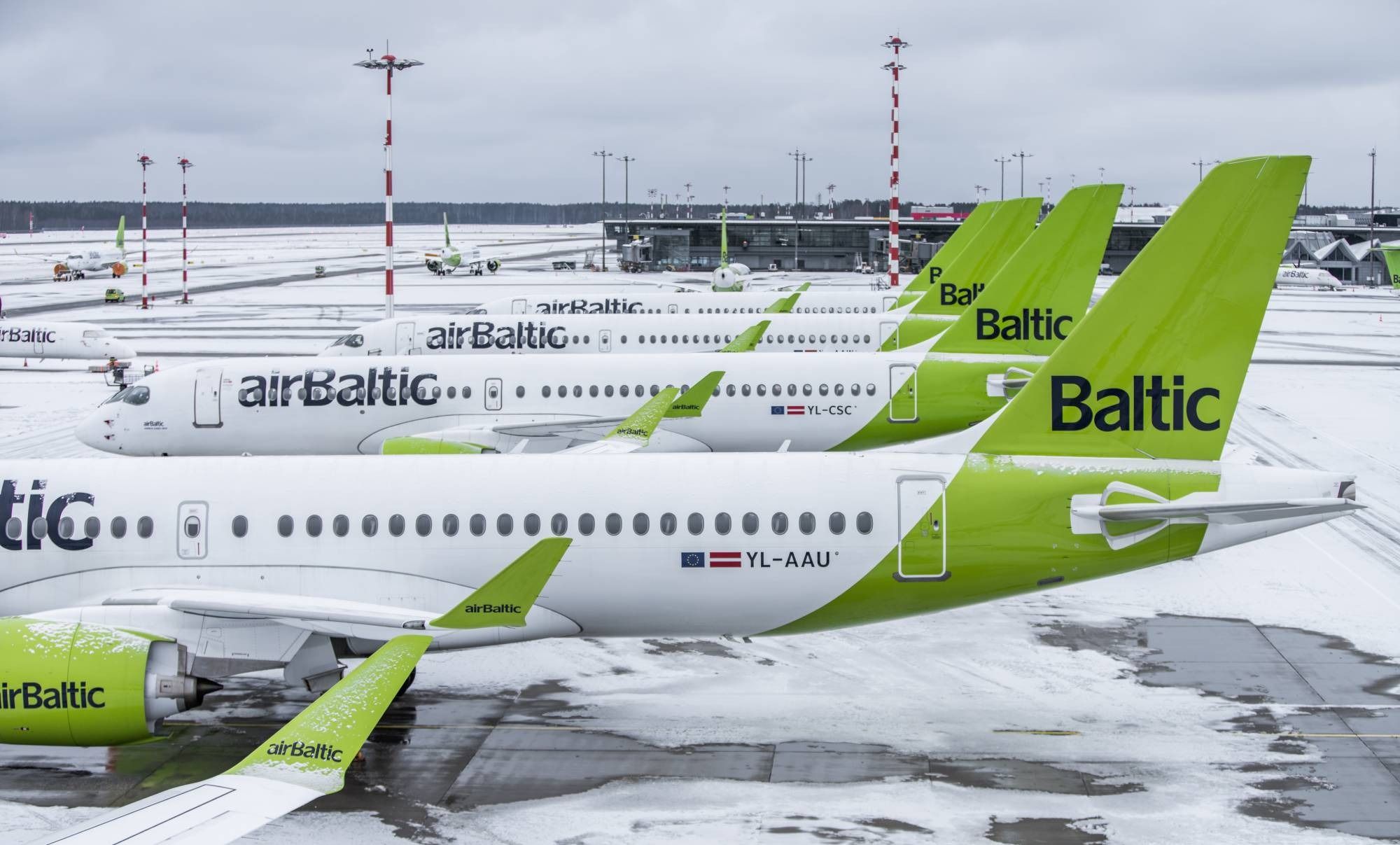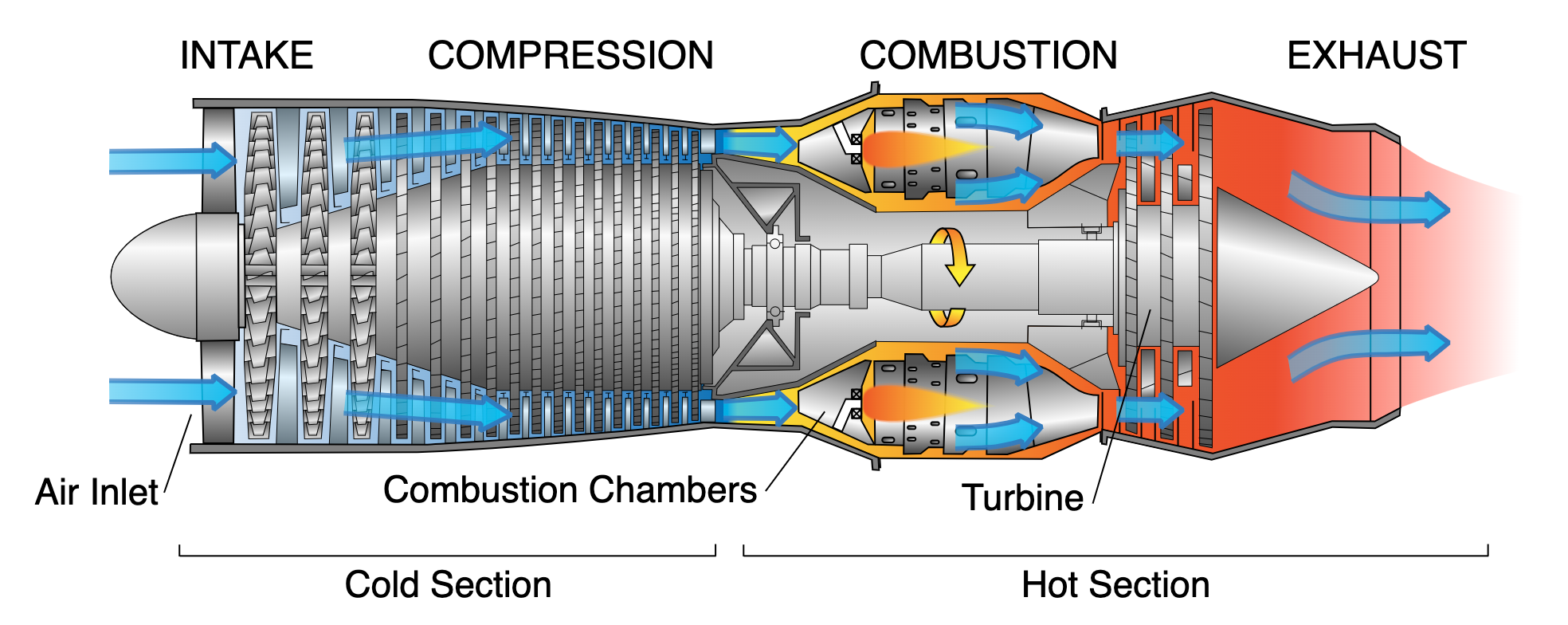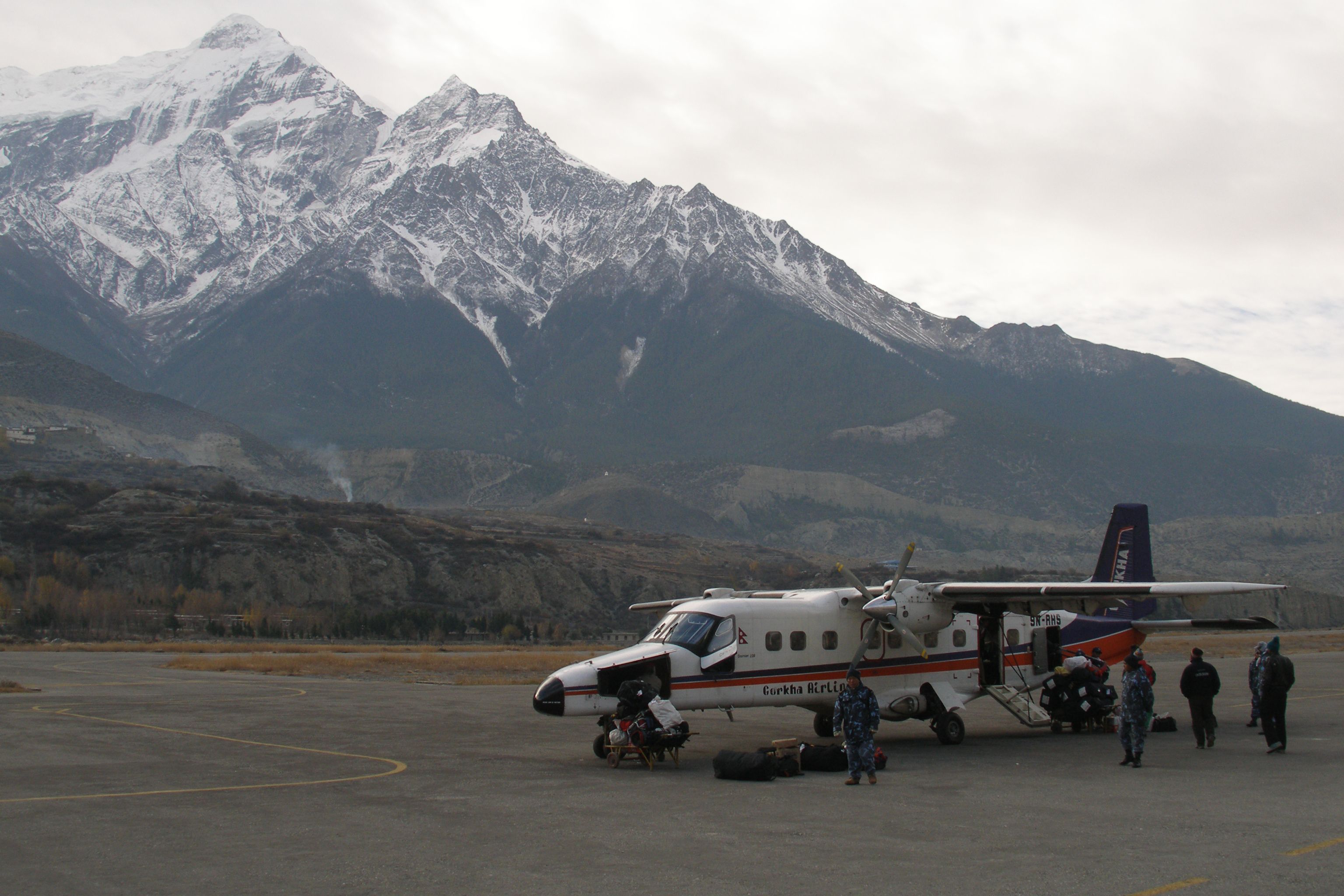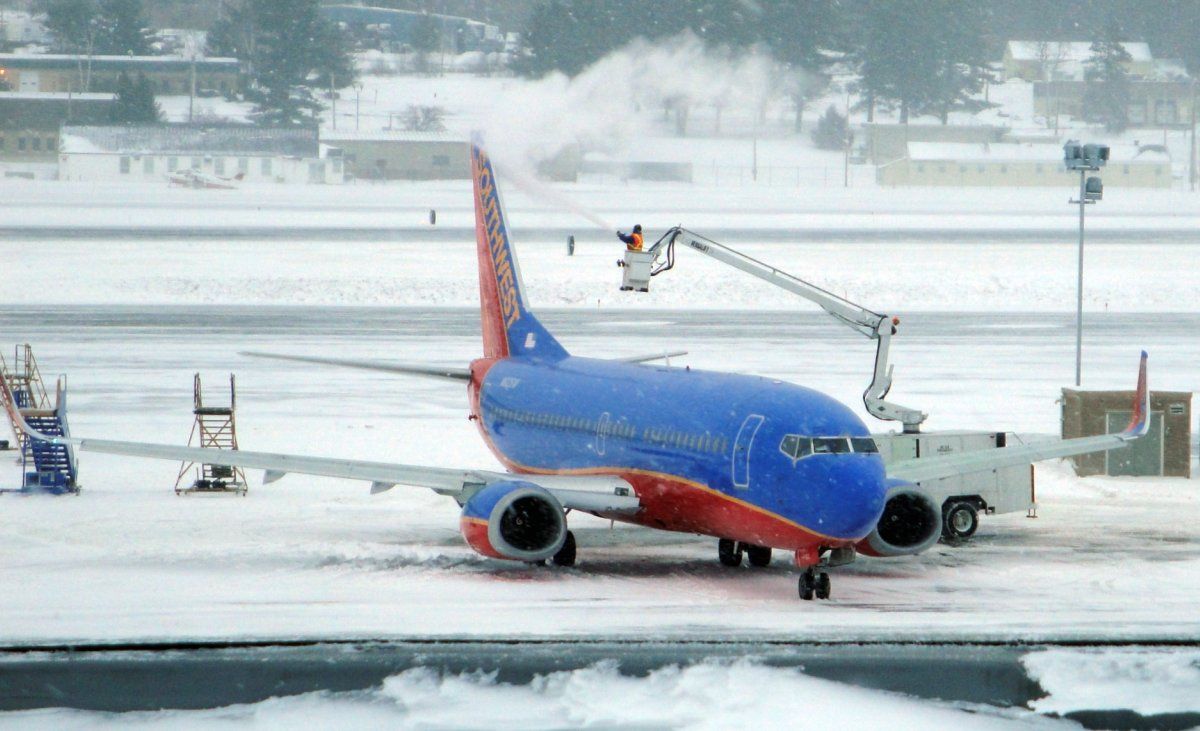Summary
- Aircraft engines perform better in colder temperatures due to the denser air.
- However, high runways and cruising altitudes will impact engine performance as well.
- Despite improved engine performance in winter, pilots must be cautious of icing.
Regarding temperature and its effect on an aircraft engine or engines, we tend to think more about heat than cold. All engines create heat because they burn fuel to produce energy. Because of this, engines are built to withstand exceptionally high temperatures, yet they also must be able to work efficiently during freezing cold winters.
The metals used in engine construction contract at different temperatures. Oil and other lubricants lose some of their viscosity in cold weather, leading to more wear and strain on moving parts. Yet despite these drawbacks, aircraft engines perform better in such conditions.
It’s all about air density
The reason they perform better all comes down to the density of the air. In the summer, the air is warmer, which means that the nitrogen, oxygen, and argon molecules that make up the air expand more, making the air less dense. In the winter, it is the opposite, with the molecules being closer together, making the air thicker.
Photo: Jeff Dahl I Wikimedia Commons
Air density is directly linked to the amount of lift generated by the aircraft’s wings. The less dense the air is, the less lift is created. This means aircraft operating during the summer need a longer runway length to take off. In the winter, when the air is more dense, the opposite is true. Not only do aircraft take off quicker, they can climb at a higher rate of speed.
Altitude also determines how the engines operate
Altitude is also a factor in how an aircraft performs. The higher the runway, the thinner the air. Generally speaking, for every 2,000 feet increase in altitude, you need to extend the runway by 1,000 feet. For this reason, you rarely see large aircraft operating at the world’s highest-elevation airports.
Because the air is denser during the winter, aircraft engines take in more oxygen molecules. Plane engines compensate by adding more fuel to the mix. Yes, more power is produced, but fuel burn is also greater, and this is related to one of the benefits of cruising at higher altitudes where the air is less dense.
Cold, dense air helps the aircraft’s engines to perform better while also helping ensure a smoother flight. During the summer, the earth’s surface heats up, causing warm air to rise, and while glider pilots live for these thermals, they are also responsible for turbulence. During the winter, there is also less chance of flying into a thunderstorm, which means flying in the winter can be more comfortable than in the summer.
Icing is a danger when flying in winter
While an aircraft’s performance may be better during winter, it does not make flying any safer. In fact, unlike during the summer, the pilots need to worry about icing and its effect on lift and how the plane handles.
To realize how dangerous icing can be, we can look at what happened to Continental Connection Flight 3407 in February 2009. The aircraft performing the flight from Newark to Buffalo was a nearly new twin-engine turboprop Bombardier Q400. While approaching Buffalo, ice began building on the plane, forcing it to stall, and the pilots had no time to recover. All 49 passengers and crew died in the crash.




